Artificial-Intelligence-Based Open-Circuit Fault Diagnosis in VSI-Fed PMSMs and a Novel Fault Recovery Method
Abstract
1. Introduction
2. PMSM Driving System under Different Operating Conditions
2.1. Normal Operating Conditions
2.2. Open Switch Fault
2.3. Short Switch Fault
3. AI Methods and System Classifiers
3.1. Naïve Bayes Classifier
3.2. Support Vector Machine (SVM)
3.3. Artificial Neural Network
3.4. Decision Tree
4. The Proposed Voltage Compensation Method for Inverter Fault Recovery
- Short Circuit Fault of the Inverter Switch: To overcome a short-circuit fault of any switch inverter, it is possible to connect fuses at the coupling point between the inverter legs and the PMSM stator windings. Thus, the fuse will burn out in case of a short-circuit current and the motor operation will stop immediately.
- Open-Circuit Fault of the Inverter Switch: If any switch is opened, a part of the current line is missed. Therefore, part of the DC voltage is lost. This section proposes a voltage compensation method to recover the driving system to its normal operating conditions. In this method, the faulty switch’s information is determined using AI. Then, this signal is processed by sending a trigger signal to a selector switch. The selector switch is shifted to a position to compensate for the missing part of the voltage supply. This voltage is chopped using a voltage-controlled oscillator (VCO). The oscillation frequency is set as the switching frequency.
5. Conclusions
Author Contributions
Funding
Conflicts of Interest
References
- Wang, Z.; Chen, J.; Cheng, M.; Chau, K.T. Field-oriented control and direct torque control for paralleled vsis fed pmsm drives with variable switching frequencies. IEEE Trans. Power Electron. 2016, 31, 2417–2428. [Google Scholar] [CrossRef]
- Jarzebowicz, L. Errors of a linear current approximation in high speed pmsm drives. IEEE Trans. Power Electron. 2017, 32, 8254–8257. [Google Scholar] [CrossRef]
- Matsui, K.; Kawata, Y.; Ueda, F. Application of parallel connected NPC-PWM inverters with multilevel modulation for AC motor drive. IEEE Trans. Power Electron. 2000, 15, 901–907. [Google Scholar] [CrossRef]
- Dyanamina, G.; Kakodia, S.K. Adaptive neuro fuzzy inference system based decoupled control for neutral point clamped multilevel inverter fed induction motor drive. Chin. J. Electr. Eng. 2021, 7, 70–82. [Google Scholar] [CrossRef]
- Cheng, F.; Yao, L.; Xu, J.; Chi, Y.; Sun, Y.; Wang, Z.; Li, Y. A comprehensive AC fault ride-through strategy for HVDC link with serial-connected LCC-VSC hybrid inverter. CSEE J. Power Energy Syst. 2022, 8, 175–187. [Google Scholar] [CrossRef]
- Ustun, T.S.; Hashimoto, J.; Otani, K. Impact of Smart Inverters on Feeder Hosting Capacity of Distribution Networks. IEEE Access 2019, 7, 163526–163536. [Google Scholar] [CrossRef]
- Alavi, M.; Wang, D.; Luo, M. Short-Circuit Fault Diagnosis for Three-Phase Inverters Based on Voltage-Space Patterns. IEEE Trans. Ind. Electron. 2014, 61, 5558–5569. [Google Scholar] [CrossRef]
- Lu, B.; Sharma, S.K. A Literature Review of IGBT Fault Diagnostic and Protection Methods for Power Inverters. IEEE Trans. Ind. Appl. 2009, 45, 1770–1777. [Google Scholar] [CrossRef]
- Masrur, M.A.; Chen, Z.; Murphey, Y. Intelligent diagnosis of open and short circuit faults in electric drive inverters for real-time applications. IET Power Electron. 2010, 3, 279–291. [Google Scholar] [CrossRef]
- Shahbazi, M.; Poure, P.; Saadate, S.; Zolghadri, M.R. FPGA-based fast detection with reduced sensor count for a fault-tolerant three-phase converter. IEEE Trans. Ind. Inform. 2012, 9, 1343–1350. [Google Scholar] [CrossRef]
- Nie, S.; Pei, X.; Chen, Y.; Kang, Y. Fault diagnosis of PWM DC–DC converters based on magnetic component voltages equation. IEEE Trans. Power Electron. 2013, 29, 4978–4988. [Google Scholar] [CrossRef]
- Duan, P.; Xie, K.G.; Zhang, L.; Rong, X. Open-switch fault diagnosis and system reconfiguration of doubly fed wind power converter used in a microgrid. IEEE Trans. Power Electron. 2010, 26, 816–821. [Google Scholar] [CrossRef]
- Chen, T.; Pan, Y.; Xiong, Z. A hybrid system model-based open-circuit fault diagnosis method of three-phase voltage-source inverters for PMSM drive systems. Electronics 2020, 9, 1251. [Google Scholar] [CrossRef]
- Huang, G.; Luo, Y.P.; Zhang, C.F.; Huang, Y.S.; Zhao, K.H. Current sensor fault diagnosis based on a sliding mode observer for PMSM driven systems. Sensors 2015, 15, 11027–11049. [Google Scholar] [CrossRef] [PubMed]
- Ustun, T.S.; Hussain, S.M.S.; Yavuz, L.; Onen, A. Artificial Intelligence Based Intrusion Detection System for IEC 61850 Sampled Values Under Symmetric and Asymmetric Faults. IEEE Access 2021, 9, 56486–56495. [Google Scholar] [CrossRef]
- Ustun, T.S.; Hussain, S.M.S.; Ulutas, A.; Onen, A.; Roomi, M.M.; Mashima, D. Machine Learning-Based Intrusion Detection for Achieving Cybersecurity in Smart Grids Using IEC 61850 GOOSE Messages. Symmetry 2021, 13, 826. [Google Scholar] [CrossRef]
- Chen, W.; Bazzi, A.M. Logic-Based Methods for Intelligent Fault Diagnosis and Recovery in Power Electronics. in IEEE Trans. Power Electron. 2017, 32, 5573–5589. [Google Scholar] [CrossRef]
- Chen, S.; Ge, H.; Li, J.; Pecht, M. Progressive Improved Convolutional Neural Network for Avionics Fault Diagnosis. IEEE Access 2019, 7, 177362–177375. [Google Scholar] [CrossRef]
- Jankowska, K.; Dybkowski, M. Design and Analysis of Current Sensor Fault Detection Mechanisms for PMSM Drives Based on Neural Networks. Designs 2022, 6, 18. [Google Scholar] [CrossRef]
- Skowron, M.; Orlowska-Kowalska, T.; Wolkiewicz, M.; Kowalski, C.T. Convolutional neural network-based stator current data-driven incipient stator fault diagnosis of inverter-fed induction motor. Energies 2020, 13, 1475. [Google Scholar] [CrossRef]
- Obeidat, M.A.; Mansour, A.M.; al Omaireen, B.; Abdallah, J.; Khazalah, F.; Alaqtash, M. A Deep Review and Analysis of Artificial Neural Network Use in Power Application with Further Recommendation and Future Direction. In Proceedings of the 2021 12th International Renewable Engineering IEEE Conference (IREC), Amman, Jordan, 14–15 April 2021; pp. 1–5. [Google Scholar] [CrossRef]
- Latif, A.; Paul, M.; Das, D.C.; Hussain, S.M.S.; Ustun, T.S. Price Based Demand Response for Optimal Frequency Stabilization in ORC Solar Thermal Based Isolated Hybrid Microgrid under Salp Swarm Technique. Electronics 2020, 9, 2209. [Google Scholar] [CrossRef]
- Farooq, Z.; Rahman, A.; Hussain, S.M.S.; Ustun, T.S. Power Generation Control of Renewable Energy Based Hybrid Deregulated Power System. Energies 2022, 15, 517. [Google Scholar] [CrossRef]
- Latif, A.; Hussain, S.M.S.; Das, D.C.; Ustun, T.S. Double stage controller optimization for load frequency stabilization in hybrid wind-ocean wave energy based maritime microgrid system. Appl. Energy 2021, 282, 116–171. [Google Scholar] [CrossRef]
- Yan, H.; Xu, Y.; Cai, F.; Zhang, H.; Zhao, W.; Gerada, C. PWM-VSI Fault Diagnosis for a PMSM Drive Based on the Fuzzy Logic Approach. IEEE Trans. Power Electron. 2019, 34, 759–768. [Google Scholar] [CrossRef]
- Restrepo, J.A.; Berzoy, A.; Ginart, A.E.; Aller, J.M.; Harley, R.G.; Habetler, T.G. Switching strategies for fault tolerant operation of single DC-link dual converters. IEEE Trans. Power Electron. 2011, 27, 509–518. [Google Scholar] [CrossRef]
- Correa, P.; Pacas, M.; Rodriguez, J. Modulation strategies for fault-tolerant operation of H-bridge multilevel inverters. In Proceedings of the 2006 IEEE International Symposium on Industrial Electronics, Québec, QC, Canada, 9–13 July 2006; Volume 2, pp. 1589–1594. [Google Scholar]
- Aleenejad, M.; Iman-Eini, H.; Farhangi, S. Modified space vector modulation for fault-tolerant operation of multilevel cascaded H-bridge inverters. IET Power Electron. 2013, 6, 742–751. [Google Scholar] [CrossRef]
- Mhiesan, H.; Wei, Y.; Siwakoti, Y.P.; Mantooth, H.A. A fault-tolerant hybrid cascaded H-bridge multilevel inverter. IEEE Trans. Power Electron. 2020, 35, 12702–12715. [Google Scholar] [CrossRef]
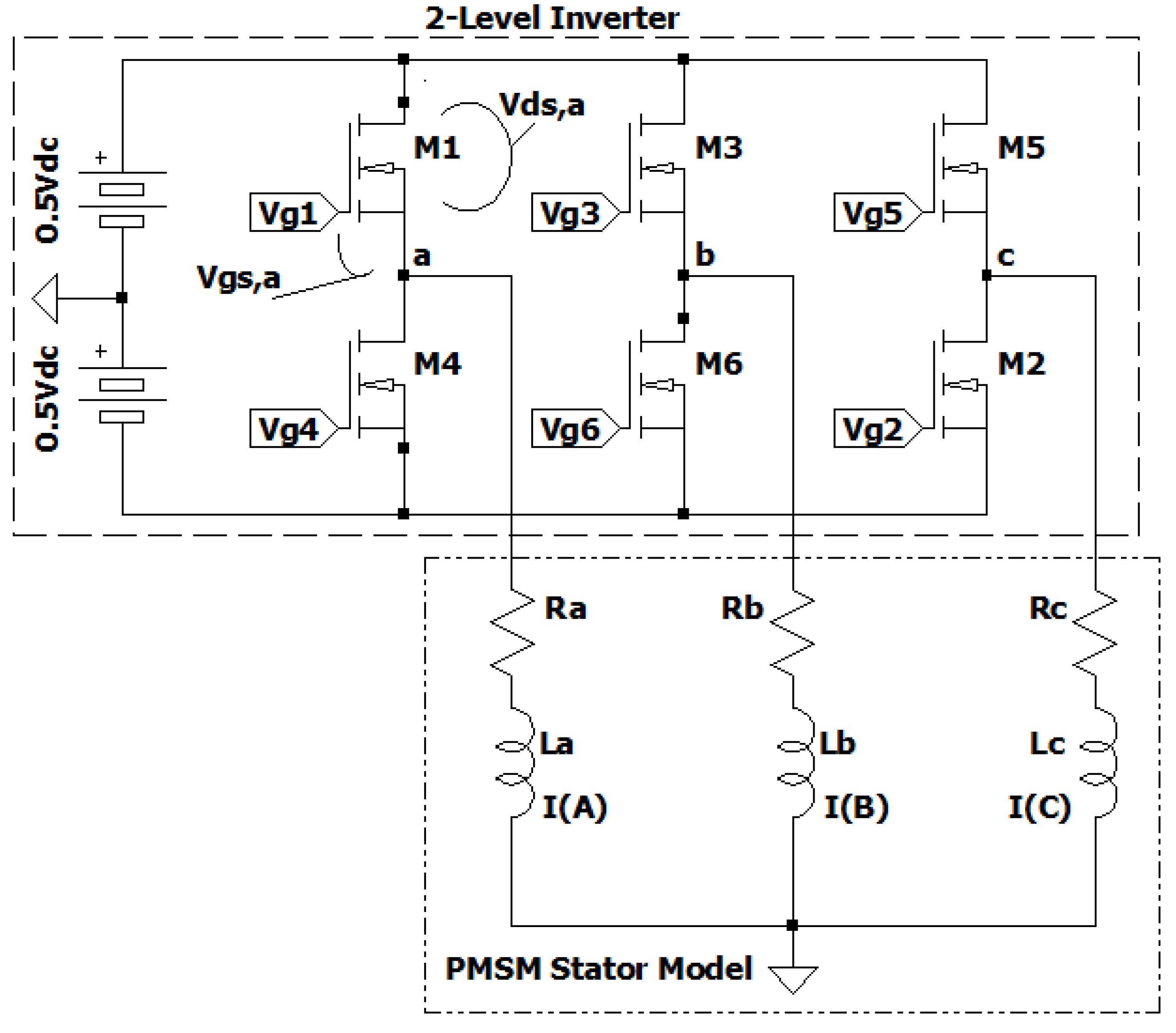
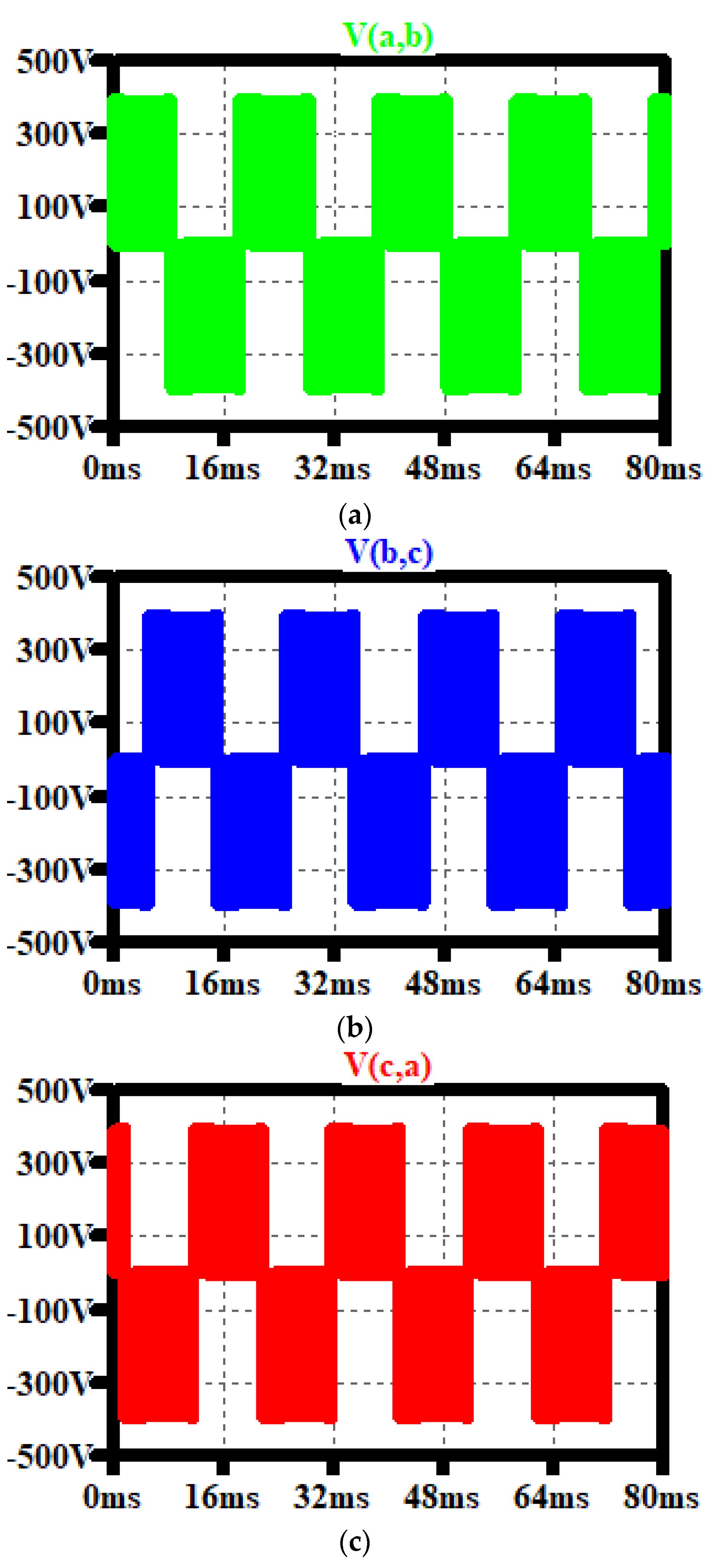
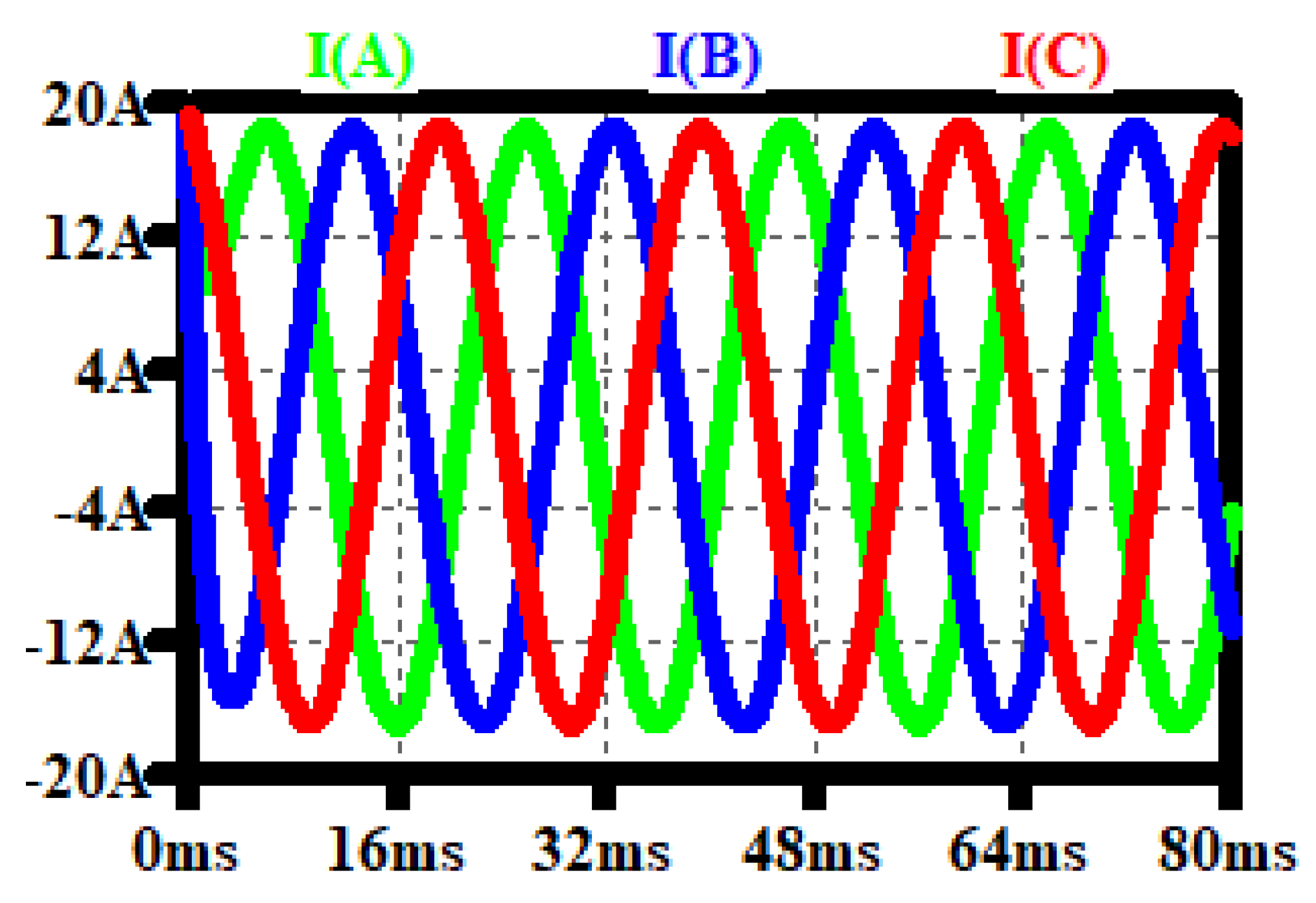
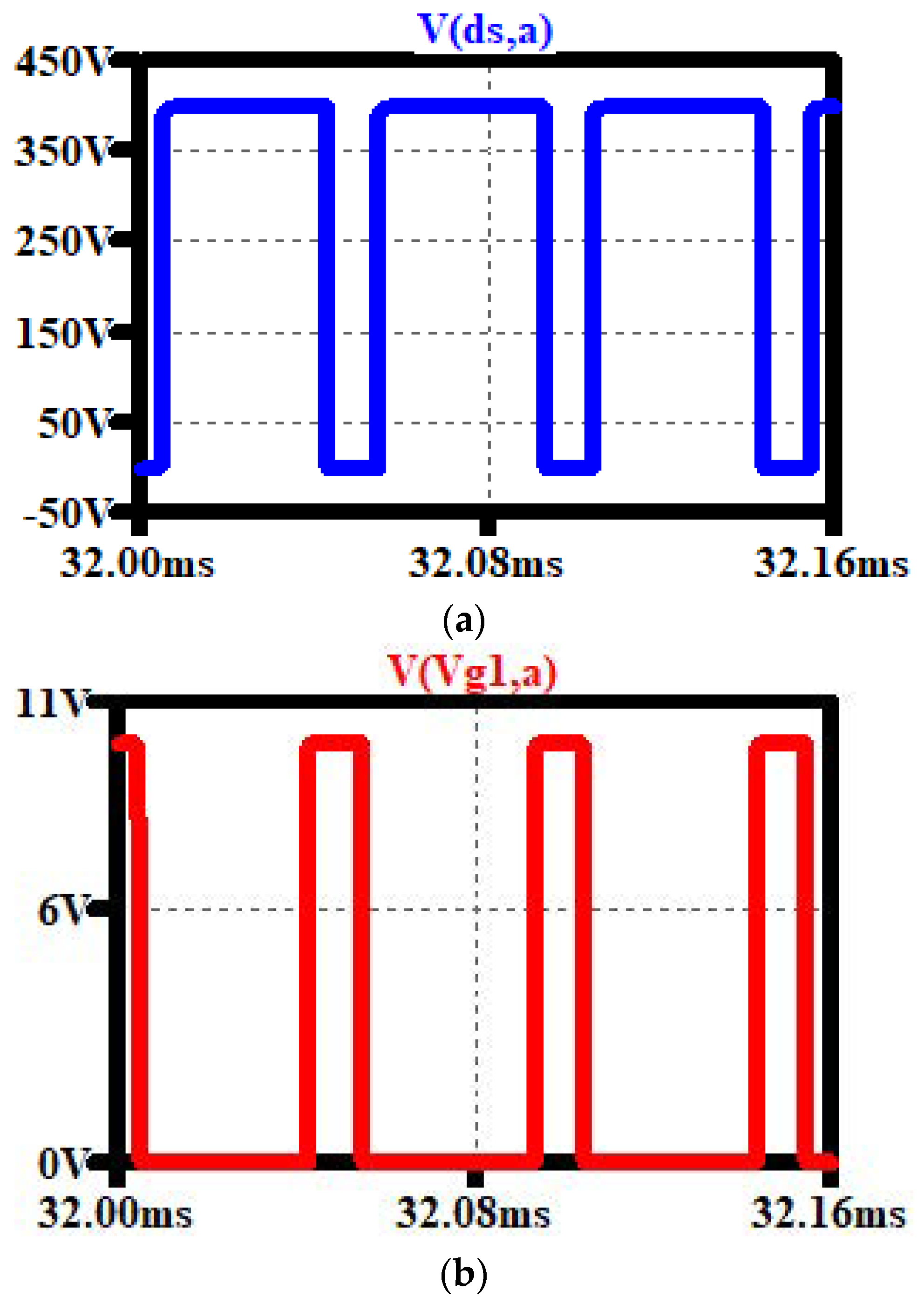
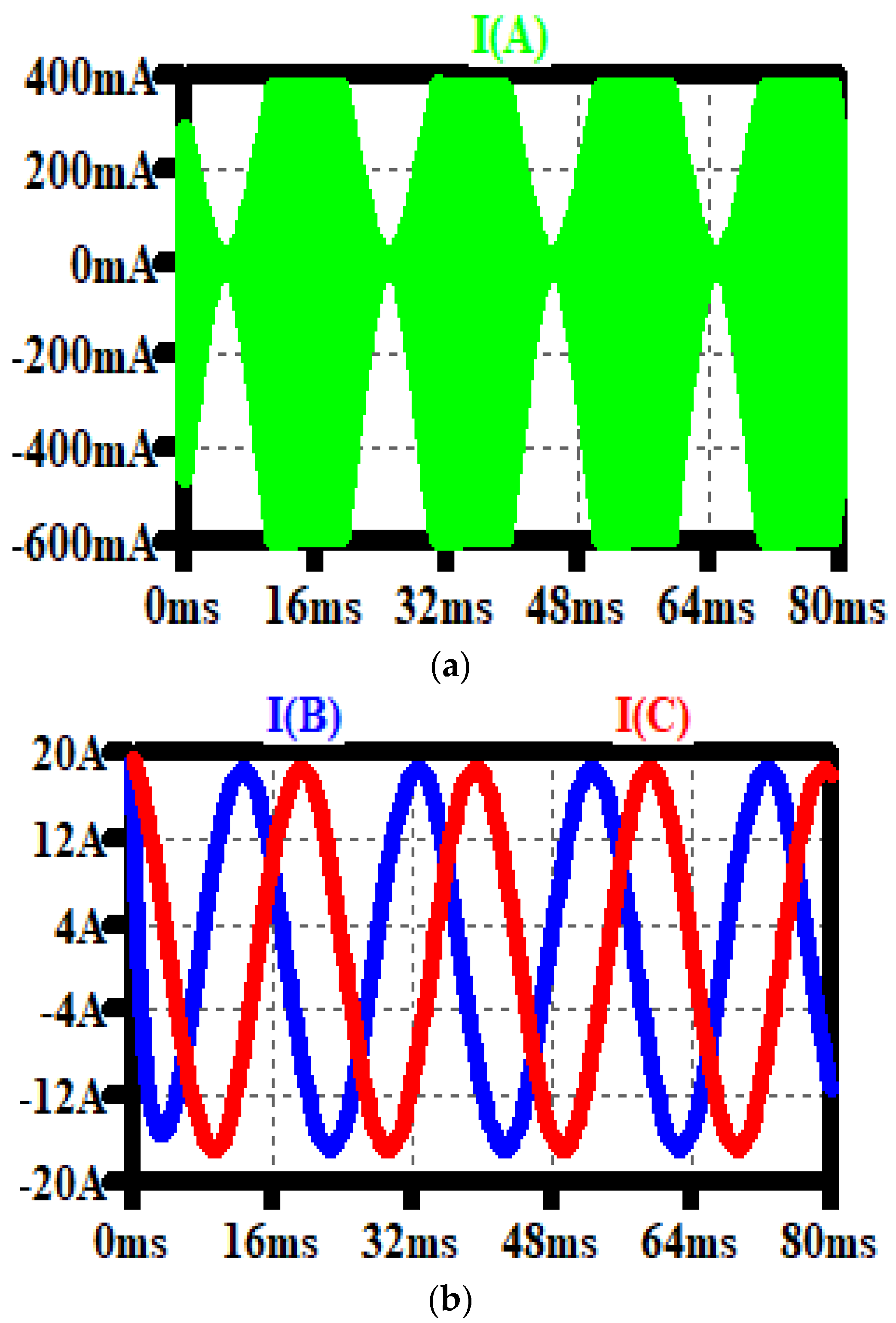
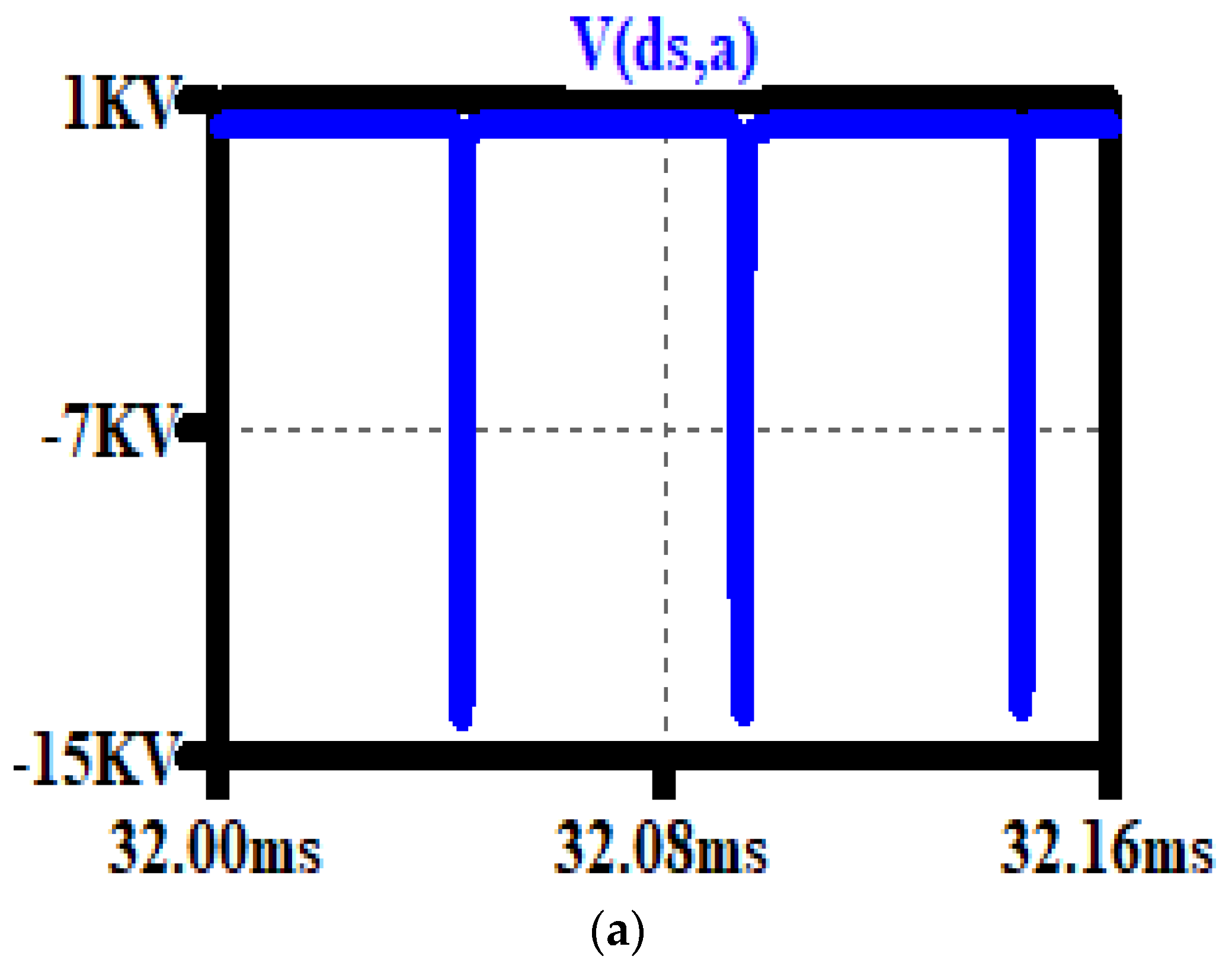
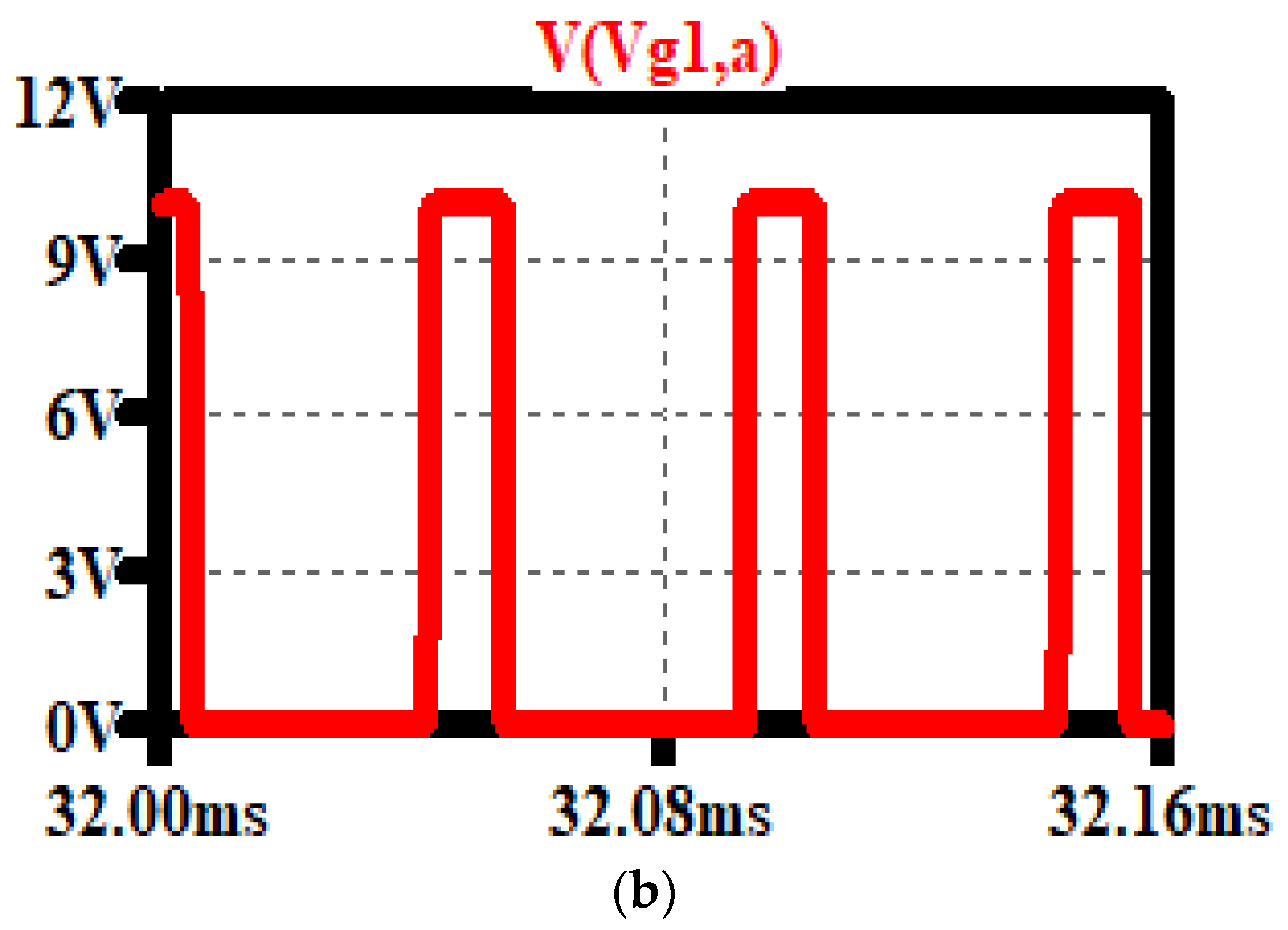
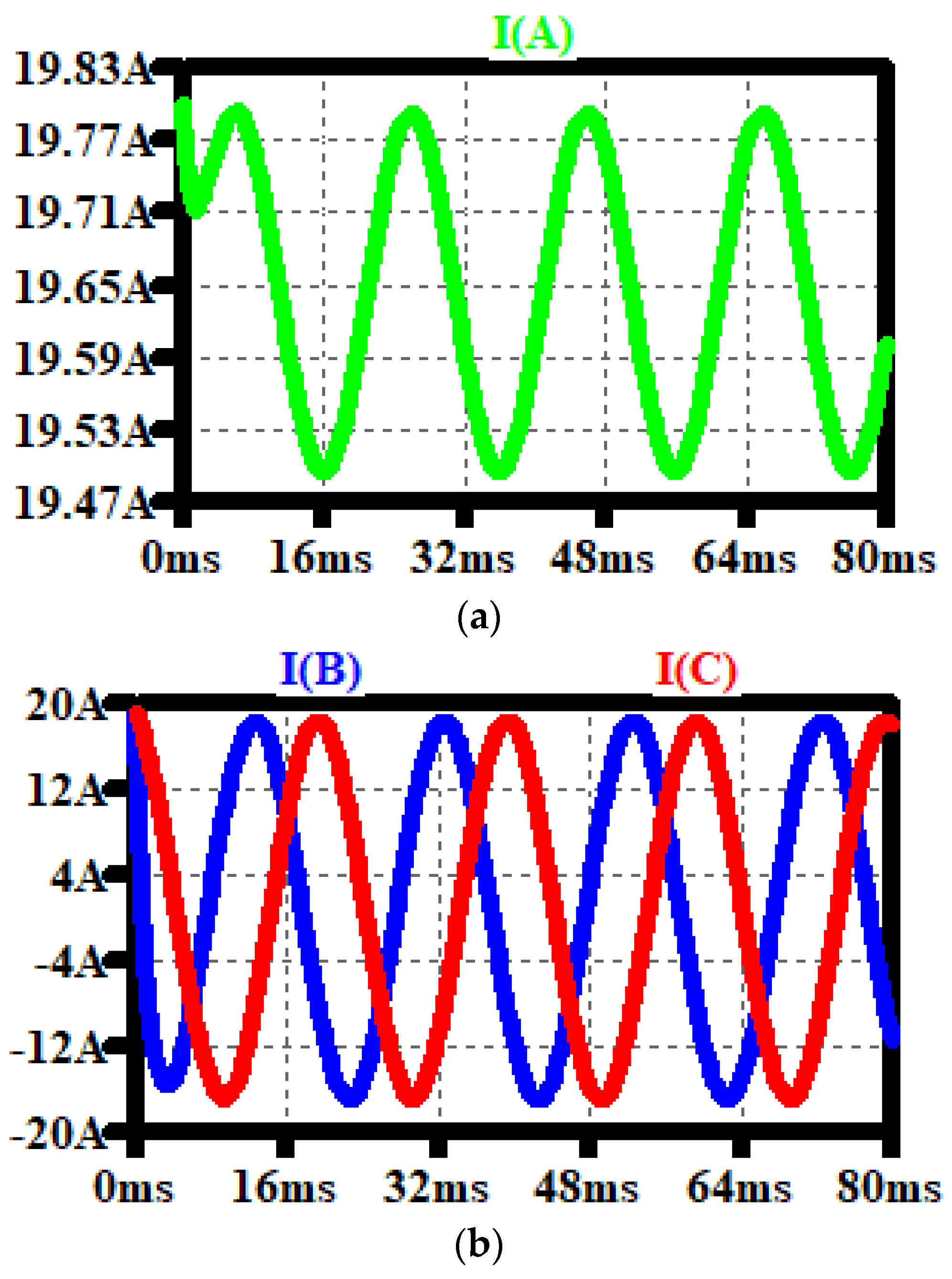

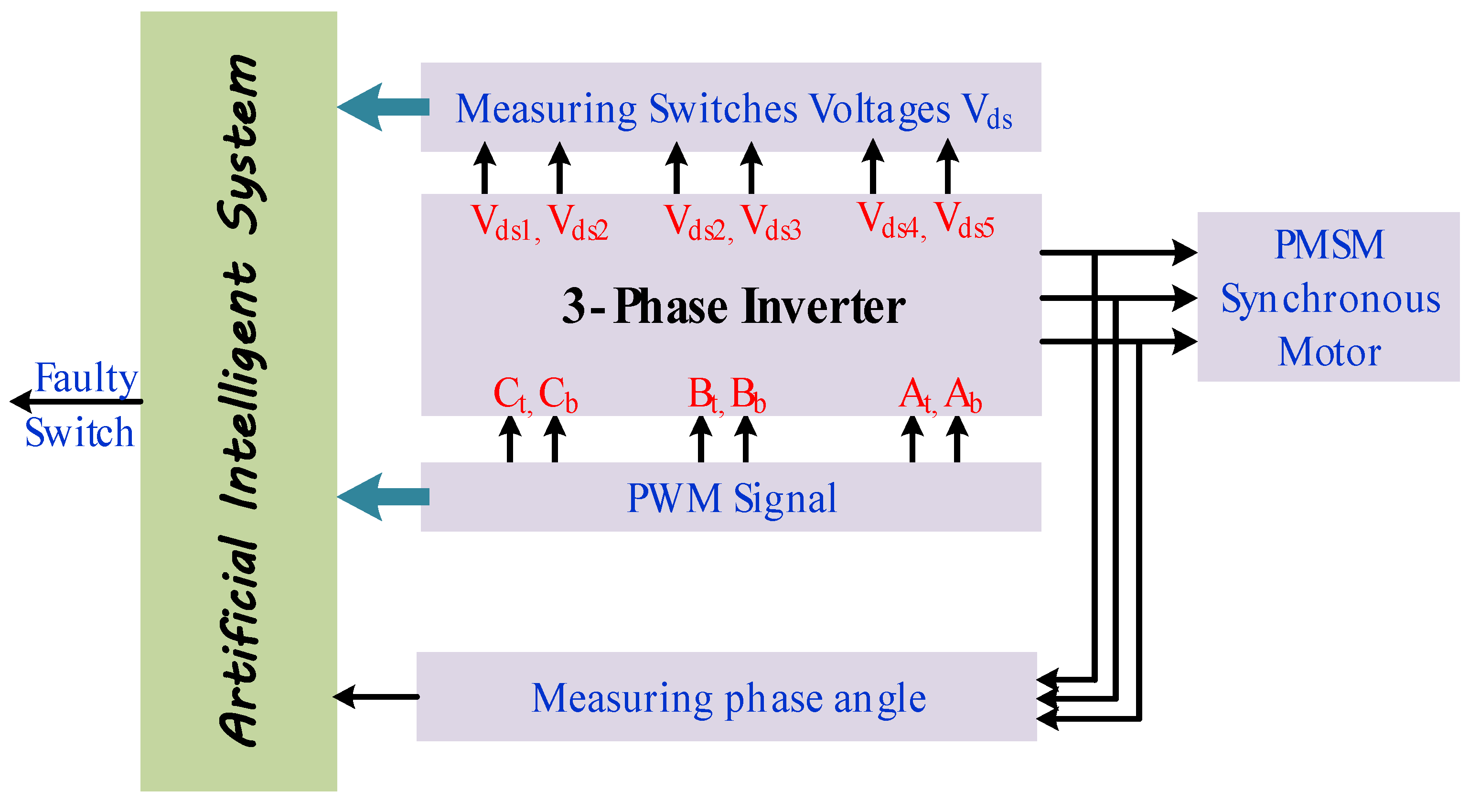
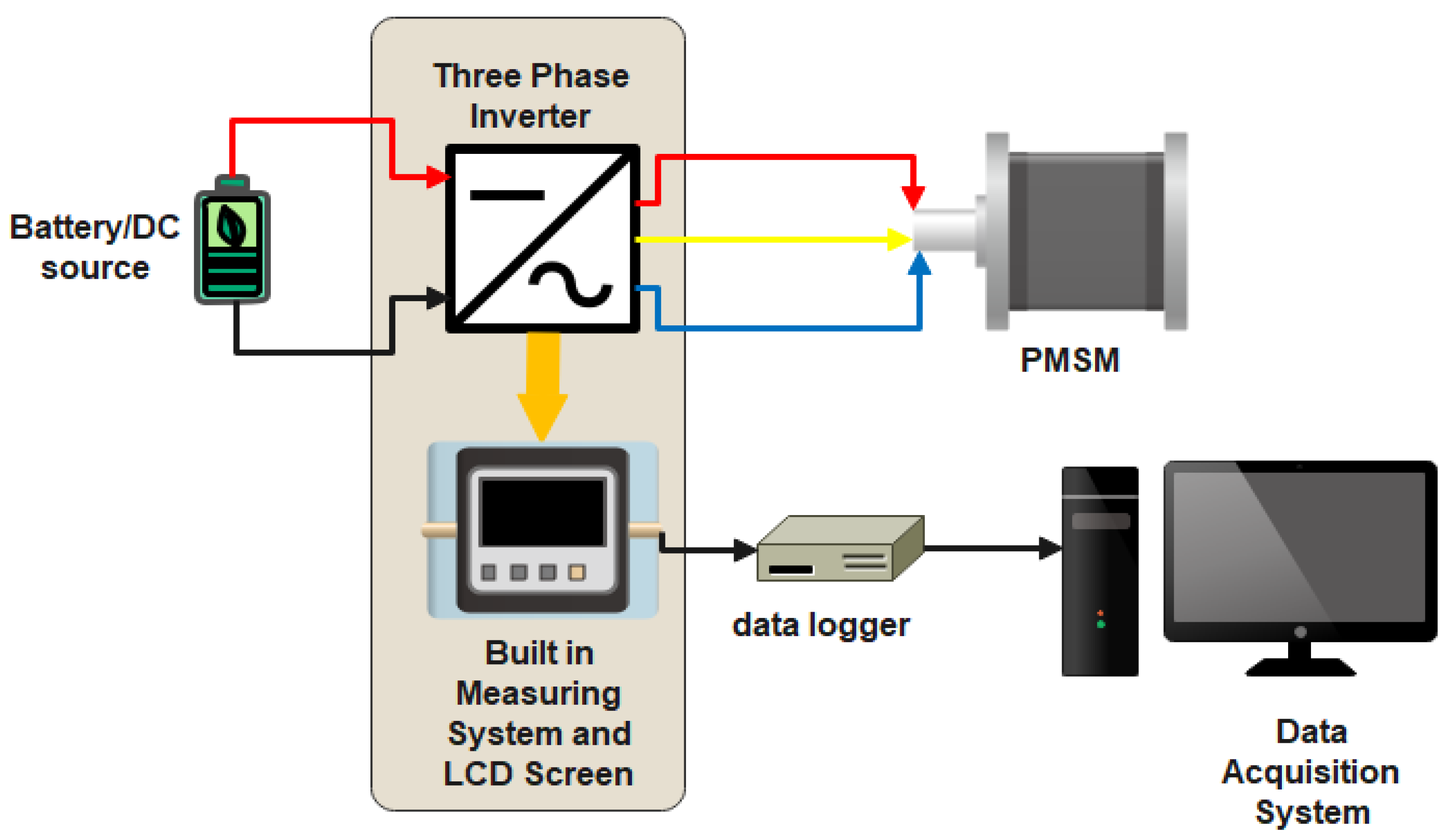

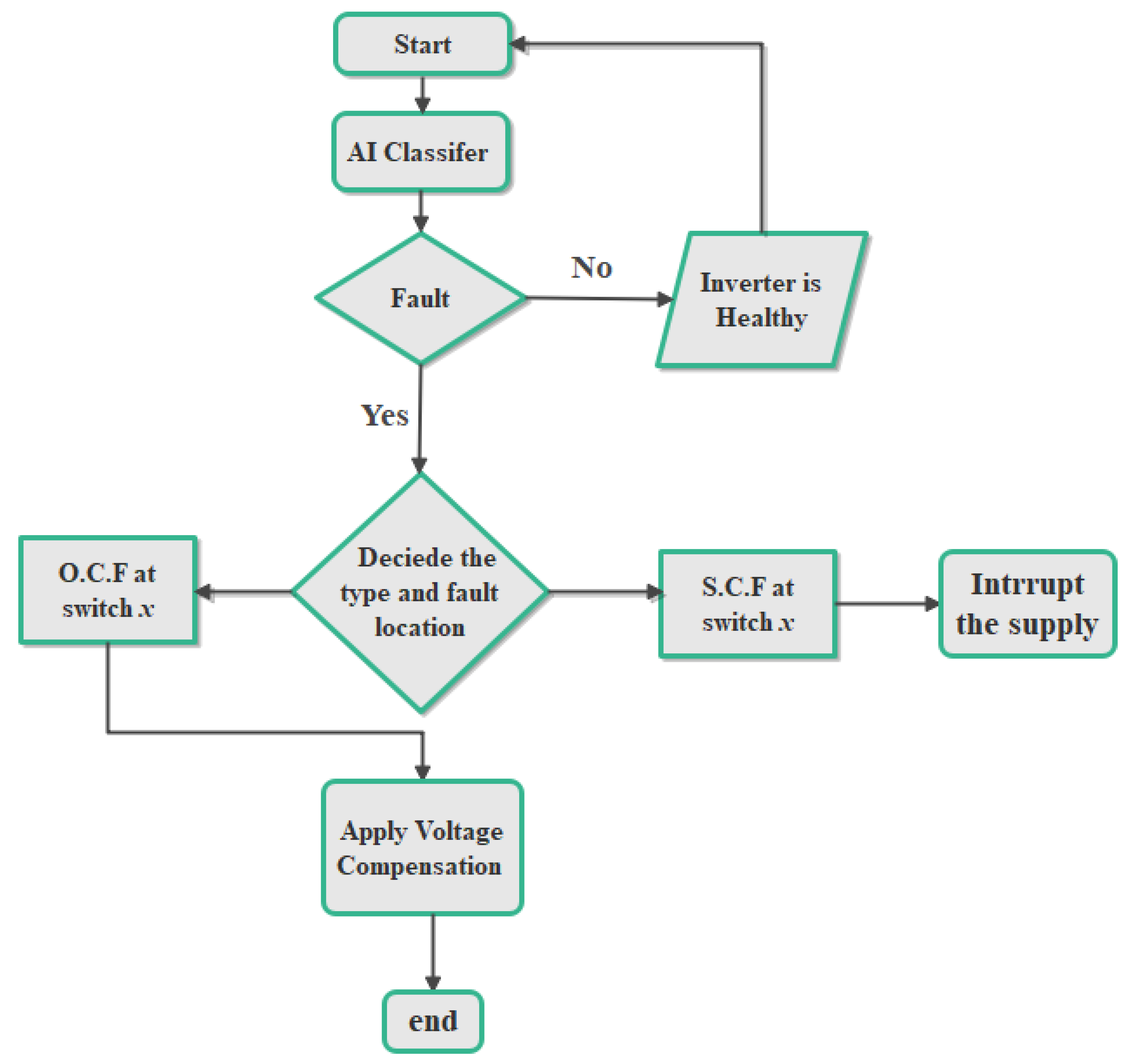
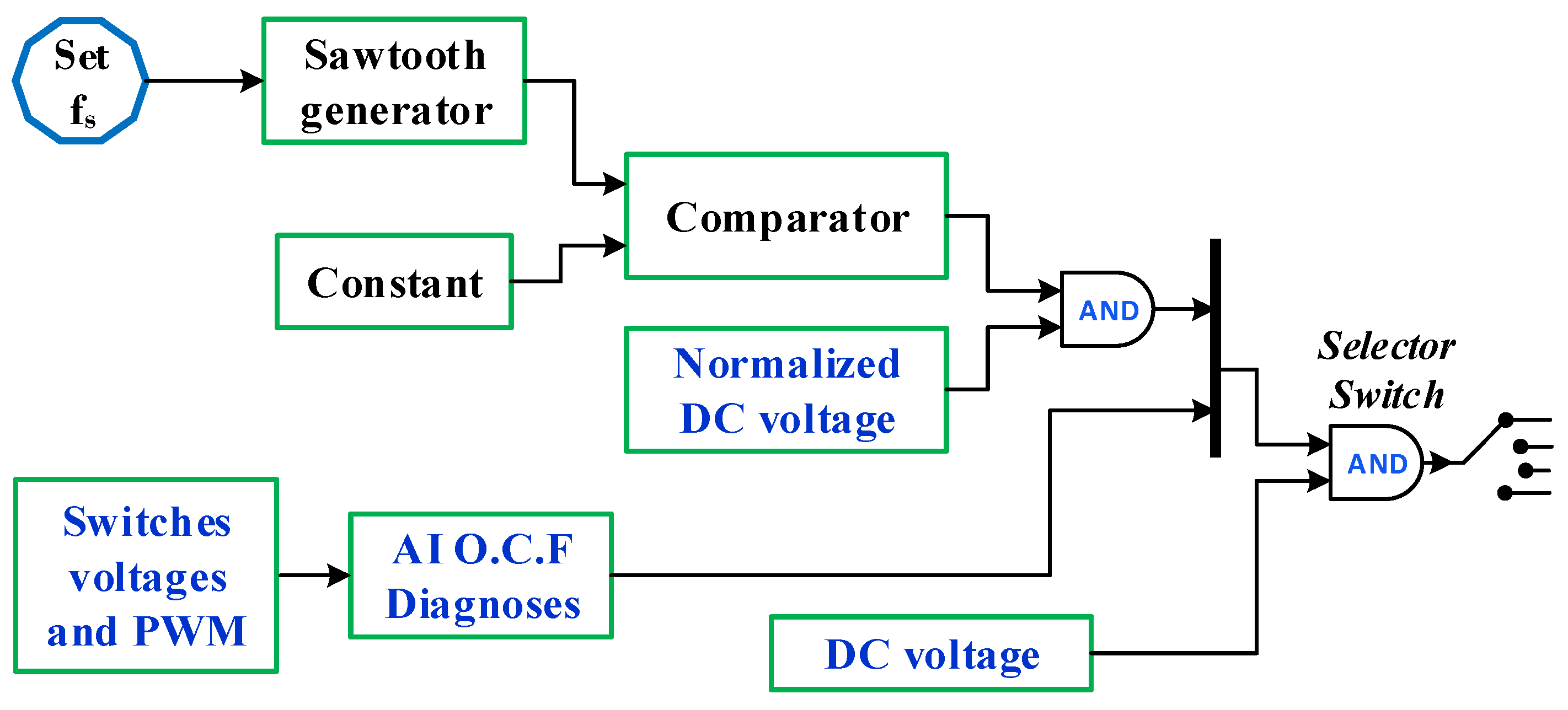
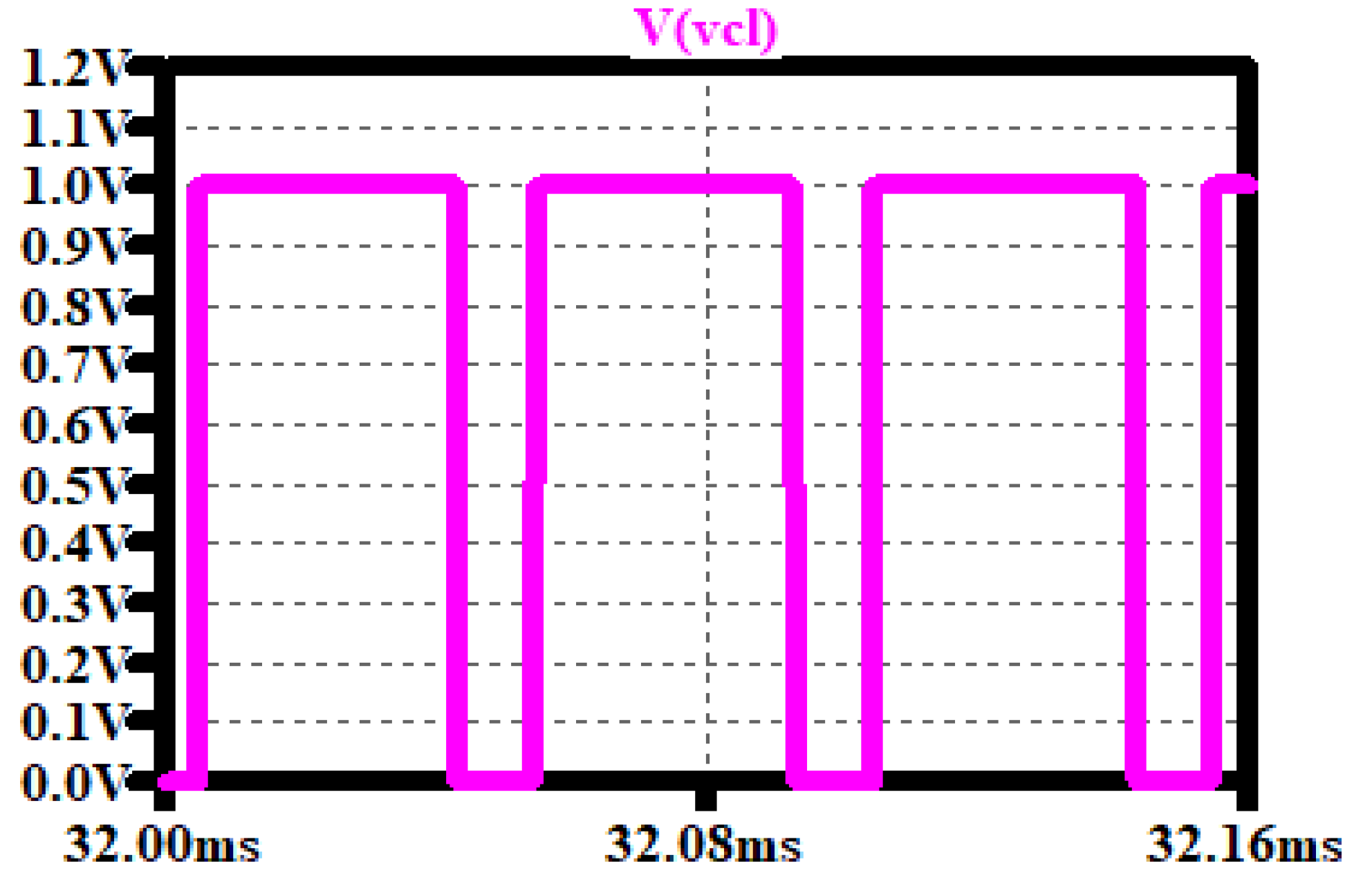
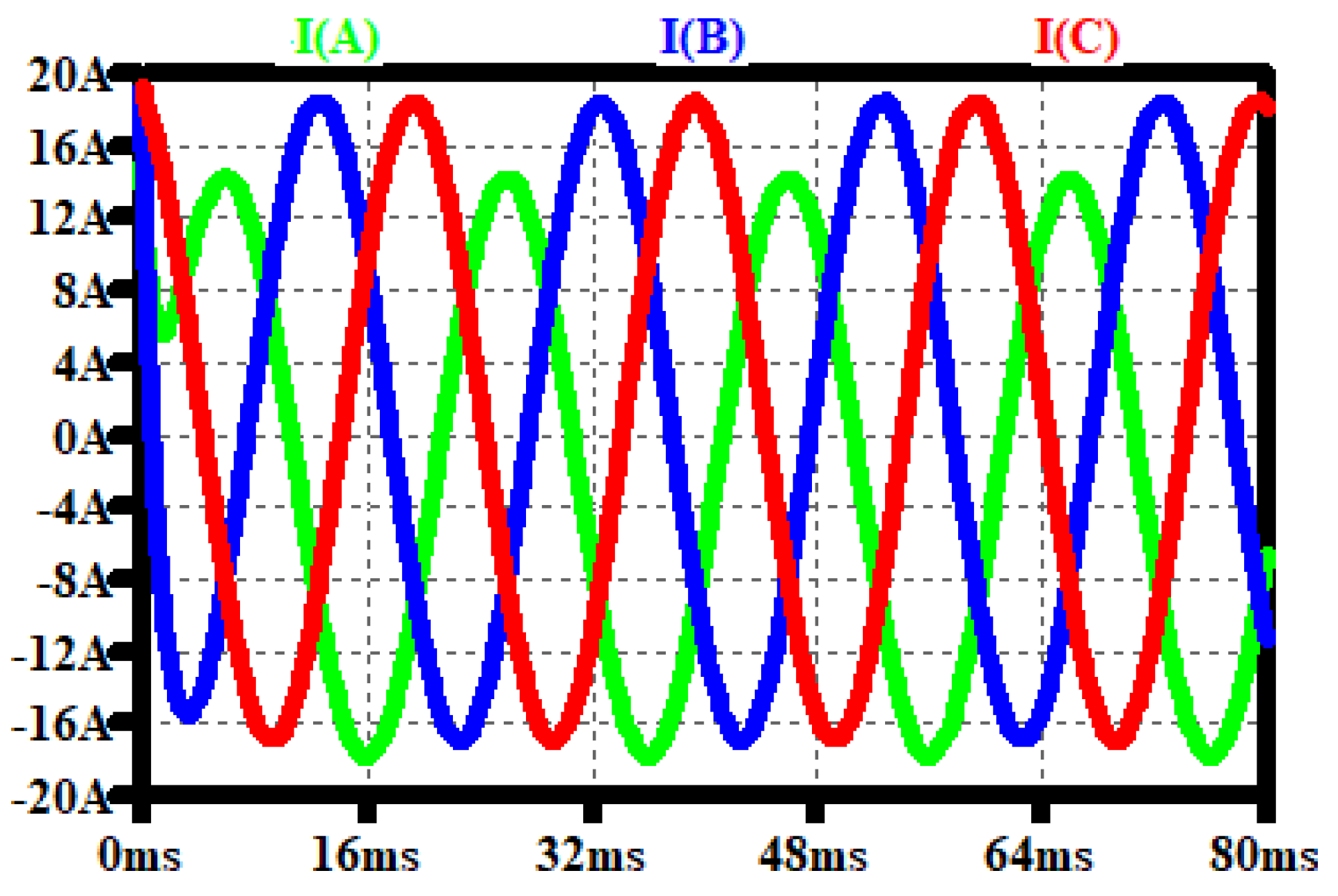
| Parameter | Value/Model |
|---|---|
| Input/Output Power | 4.5 kW |
| DC voltage Vdc | 400 V |
| Switching frequency fs | 20 kHz |
| PMSM stator frequency fm | 50 Hz |
| MOSFET | IPB65R420CFD |
| Stator impedance of PMSM | 10 Ω, 10 mH |
| Open switch fault | 100 k Ω |
| Short switch fault | 0.1 Ω |
| Input Data for AI Classifiers | AI Classifier Output | ||||||||||||
|---|---|---|---|---|---|---|---|---|---|---|---|---|---|
| P1 | P2 | P3 | P4 | P5 | P6 | Theta | Vds1 | Vds2 | Vds3 | Vds4 | Vds5 | Vds6 | Decision of AI |
| 1 | 1 | 0 | 0 | 0 | 0 | L1 | Z | Z | NZ | NZ | NZ | NZ | Healthy |
| 1 | 1 | 0 | 0 | 0 | 0 | L1 | Z | NZ | NZ | NZ | NZ | NZ | OC2 |
| 1 | 1 | 0 | 0 | 0 | 0 | L1 | NZ | Z | NZ | NZ | NZ | NZ | OC1 |
| 1 | 1 | 0 | 0 | 0 | 0 | L1 | NZ | NZ | NZ | NZ | NZ | NZ | OC1 + OC2 |
| 1 | 0 | 0 | 0 | 0 | 1 | L2 | Z | NZ | NZ | NZ | NZ | Z | Healthy |
| 1 | 0 | 0 | 0 | 0 | 1 | L2 | Z | NZ | NZ | NZ | NZ | NZ | OC6 |
| 1 | 0 | 0 | 0 | 0 | 1 | L2 | NZ | NZ | NZ | NZ | NZ | Z | OC1 |
| 1 | 0 | 0 | 0 | 0 | 1 | L2 | NZ | NZ | NZ | NZ | NZ | NZ | OC1 + OC6 |
| 0 | 1 | 1 | 0 | 0 | 0 | L3 | NZ | Z | Z | NZ | NZ | NZ | Healthy |
| 0 | 1 | 1 | 0 | 0 | 0 | L3 | NZ | NZ | Z | NZ | NZ | NZ | OC2 |
| 0 | 1 | 1 | 0 | 0 | 0 | L3 | NZ | Z | NZ | NZ | NZ | NZ | OC3 |
| 0 | 1 | 1 | 0 | 0 | 0 | L3 | NZ | NZ | NZ | NZ | NZ | NZ | OC3 + OC2 |
| 0 | 0 | 1 | 1 | 0 | 0 | L4 | NZ | NZ | Z | Z | NZ | NZ | Healthy |
| 0 | 0 | 1 | 1 | 0 | 0 | L4 | NZ | NZ | Z | NZ | NZ | NZ | OC4 |
| 0 | 0 | 1 | 1 | 0 | 0 | L4 | NZ | NZ | NZ | Z | NZ | NZ | OC3 |
| 0 | 0 | 1 | 1 | 0 | 0 | L4 | NZ | NZ | NZ | NZ | NZ | NZ | OC3 + OC4 |
| 0 | 0 | 0 | 0 | 1 | 1 | L5 | NZ | NZ | NZ | NZ | Z | Z | Healthy |
| 0 | 0 | 0 | 0 | 1 | 1 | L5 | NZ | NZ | NZ | NZ | Z | NZ | OC6 |
| 0 | 0 | 0 | 0 | 1 | 1 | L5 | NZ | NZ | NZ | NZ | NZ | Z | OC5 |
| 0 | 0 | 0 | 0 | 1 | 1 | L5 | NZ | NZ | NZ | NZ | NZ | NZ | OC5 + OC6 |
| 0 | 0 | 0 | 1 | 1 | 0 | L6 | NZ | NZ | NZ | Z | Z | NZ | Healthy |
| 0 | 0 | 0 | 1 | 1 | 0 | L6 | NZ | NZ | NZ | NZ | Z | NZ | OC4 |
| 0 | 0 | 0 | 1 | 1 | 0 | L6 | NZ | NZ | NZ | Z | NZ | NZ | OC5 |
| 0 | 0 | 0 | 1 | 1 | 0 | L6 | NZ | NZ | NZ | NZ | NZ | NZ | OC5 + OC4 |
| Classifier | Training Time (s) | Classification Time (s) | Accuracy |
|---|---|---|---|
| Naïve Bayes | 0.11 | 0.03 | 25% |
| Support Vector Machine (SVM) | 0.19 | 0.01 | 75% |
| Artificial Neural Network (ANN) | 0.09 | 0.01 | 37.5% |
| Decision Tree (DT) | 0.03 | 0.02 | 99% |
Publisher’s Note: MDPI stays neutral with regard to jurisdictional claims in published maps and institutional affiliations. |
© 2022 by the authors. Licensee MDPI, Basel, Switzerland. This article is an open access article distributed under the terms and conditions of the Creative Commons Attribution (CC BY) license (https://creativecommons.org/licenses/by/4.0/).
Share and Cite
Mahafzah, K.A.; Obeidat, M.A.; Mansour, A.M.; Al-Shetwi, A.Q.; Ustun, T.S. Artificial-Intelligence-Based Open-Circuit Fault Diagnosis in VSI-Fed PMSMs and a Novel Fault Recovery Method. Sustainability 2022, 14, 16504. https://doi.org/10.3390/su142416504
Mahafzah KA, Obeidat MA, Mansour AM, Al-Shetwi AQ, Ustun TS. Artificial-Intelligence-Based Open-Circuit Fault Diagnosis in VSI-Fed PMSMs and a Novel Fault Recovery Method. Sustainability. 2022; 14(24):16504. https://doi.org/10.3390/su142416504
Chicago/Turabian StyleMahafzah, Khaled A., Mohammad A. Obeidat, Ayman M. Mansour, Ali Q. Al-Shetwi, and Taha Selim Ustun. 2022. "Artificial-Intelligence-Based Open-Circuit Fault Diagnosis in VSI-Fed PMSMs and a Novel Fault Recovery Method" Sustainability 14, no. 24: 16504. https://doi.org/10.3390/su142416504
APA StyleMahafzah, K. A., Obeidat, M. A., Mansour, A. M., Al-Shetwi, A. Q., & Ustun, T. S. (2022). Artificial-Intelligence-Based Open-Circuit Fault Diagnosis in VSI-Fed PMSMs and a Novel Fault Recovery Method. Sustainability, 14(24), 16504. https://doi.org/10.3390/su142416504









